Jessica Burrows, Philipp Horn, Anna Fish and Anwesha Chakraborty
This first High Level Panel at the Global Land Forum offered an overview of the advances and ongoing challenges in the implementation of Indonesia’s ambitious policy agenda on agrarian reform. Moderated by Desi Anwar, the panel was composed by three senior national government representatives – (1) Sofyan Djalil, Minister of Agrarian Affairs & Spatial Planning, (2) Siti Nuraya Bakar, Minister of Environment & Forestry, and (3) Eko Putro Sandjojo, Ministry of Villages – as well as civil society representatives: Dewi Kartika (General Secretary of KPA and Chairperson of the GLF National Organising Committee) and Rukka Sombolinggi (Secretary General of the Indigenous Peoples’ Alliance of the Archipelago – AMAN).
Views from the government
Indonesian Minister of Agrarian Affairs & Spatial Planning, Sofyan Djalil, reflected on the promise of the government to redistribute land: 9 million hectares redistributed by 2019 and all the land registered by 2025. He highlighted that indigenous communities now are not only the object but also the subject of the reforms. Mr. Djalil introduced a framework in which asset reform, in combination with access reform, leads to meaningful agrarian reform. Asset reform refers to redistribution of land under his jurisdiction – which forms 30% of the state’s total land. This can, for example, be achieved through the registration of legal title to land. The government boasts 5.4 million land titles registered in 2017 as part of its commitment to agrarian reform, aiming to increase this to 7 million registrations in 2018. The minister also highlighted that redistribution must form part of an equitable remedy which provides legal and economic support.
The Minister of Environment and Forestry, Siti Nuraya Bakar, described that the Indonesian president, Joko Widodo, declared 12.7 million hectares for social forestry, which is defined as situations in which individuals manage forest land in a way which contributes to social and environmental development. This is important given that 70% of the state’s land is presently legally protected as forest land, despite that these areas are increasingly populated by different communities who require tenure rights to exist there. Moreover, he recognised that political commitments do not stand alone and that they must translate into binding legislation to realise meaningful change.
The Minister of Villages, Eko Putro Sandjojo advocated the importance of improving economic conditions of the villagers in order to reduce poverty through the granting of village funds of approximately $100,000 per village. However, he also emphasised that capacity building must occur alongside this, for example through the creation of business plans and securing of private investments.
Civil society perspectives
In contrast to a broadly positive overview on policy advances, Dewi Kartika and Rukka Sombolinggi highlighted that important gaps between ambitious legal rhetoric and practice remain prevalent. Kartika, for example, argued that the government’s land redistribution efforts fail to address agrarian conflict areas, follow a top-down logic and ignore the specific interests and land demands of grassroots community groups. But she also demonstrated that these groups represent active land managers who have in recent years identified 444 priority areas for land redistribution in the 20 provinces and 98 districts of Indonesia, including areas affected by land conflicts. It is now time that the government considers these priorities.
Kartika was also critical towards the pro-business and private sector- friendly approach promoted by national government bodies such as the Ministry of Villages. Instead of pushing for investment and economic interests, she argued that agrarian reforms should first and foremost focus on the interests and needs of those people who live on and of the land, including fishermen, indigenous peoples, customary land holders and farmers. Understood as such, land should not be for profit but for people.
Similar to Kartika, Sombolinggi was sceptical about the government’s agrarian reform agenda, highlighting that there are, in fact, too many policies exist on this topic by different government ministries: “Everyone is talking about their own recommendations but no one is talking to one another.” Different ministries rarely collaborate with each other. Policy implementation is further complicated as political willingness towards agrarian reform can be noted at the level of national government but not at the level of local government. All this leads to incoherent policy implementation processes whereby different interventions overlap or stand in conflict with each other. In particular, however, Sombolinggi noted a gap between government commitments to recognise indigenous peoples and ongoing exclusionary practices whereby Indonesia’s indigenous communities don’t have a say in regional regulation process, don’t sit at same level of private sector and are not recognised as citizens.
Ways forward
As rarely is the case in Indonesia, this high level panel brought together different perspectives from government officials and civil society representatives. Despite disagreements between the different speakers, there seems to be a joint commitment to continue discussions on more socially just and people-centred agrarian reforms that promote a productive marriage of top-down interventions and bottom-up activism. Finally, resolving agrarian conflicts remains a top priority, both, for government and civil society. Tackling conflicts, however, first of all requires the need of registering undocumented land and identifying the true land owners.
